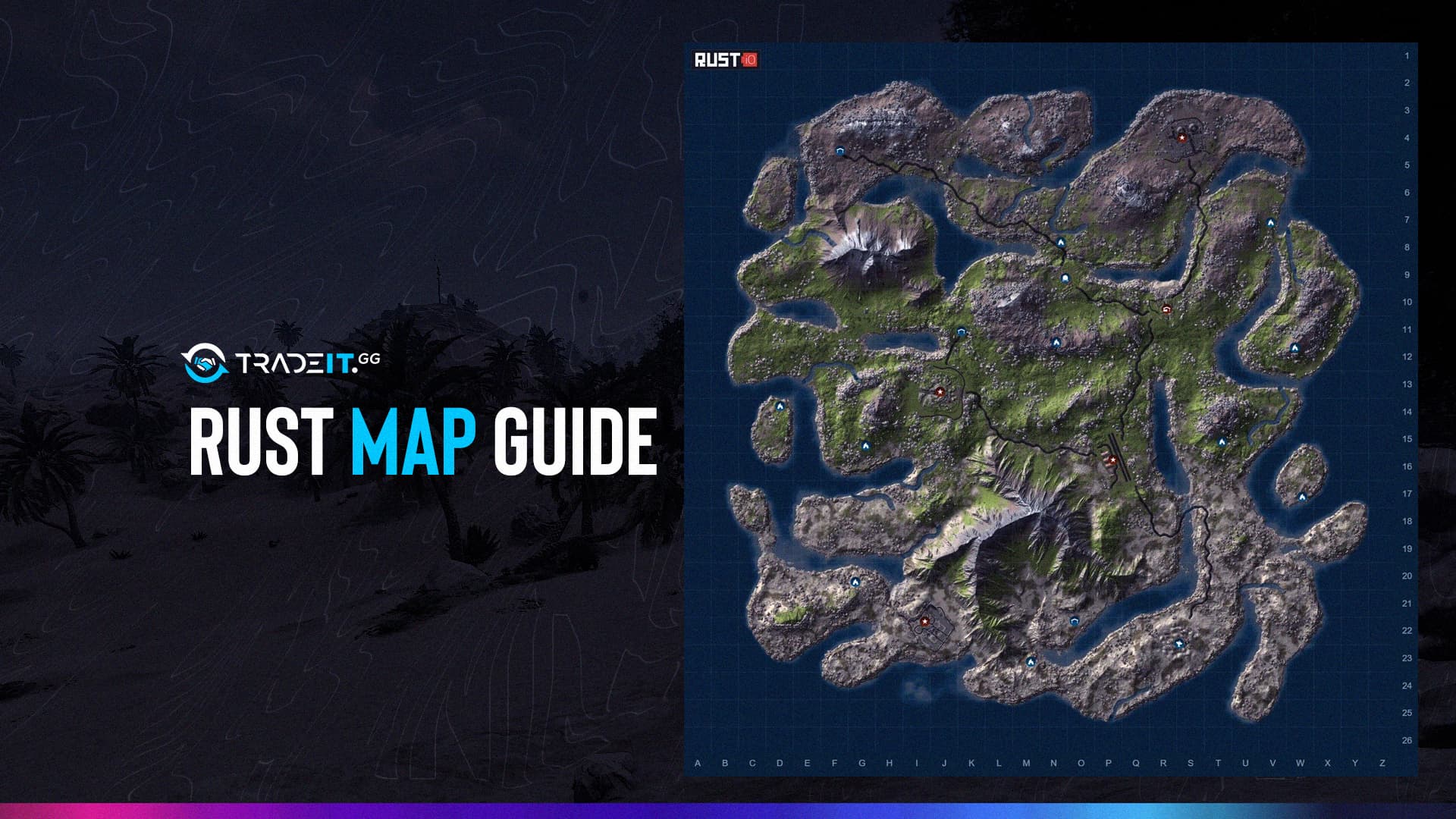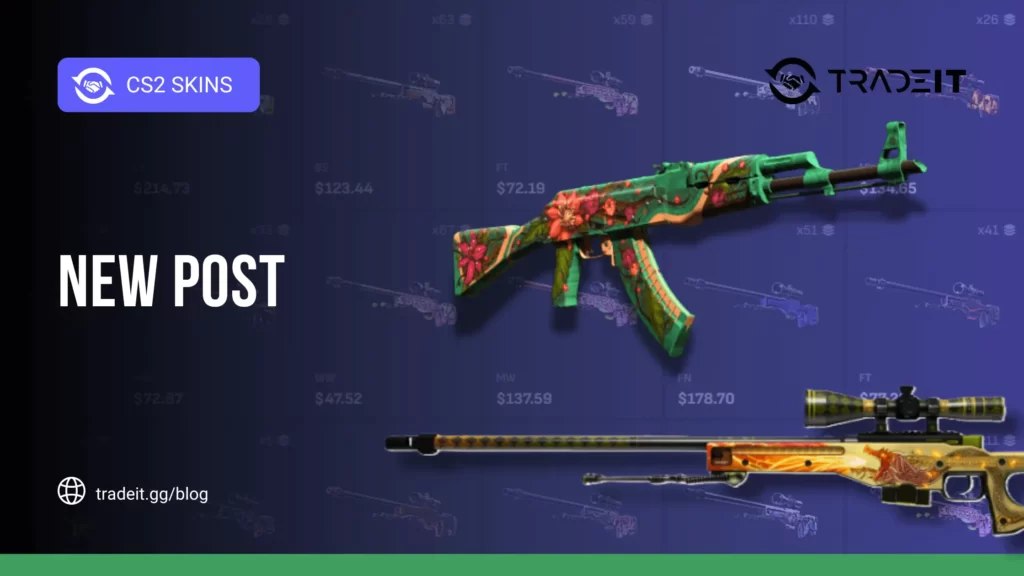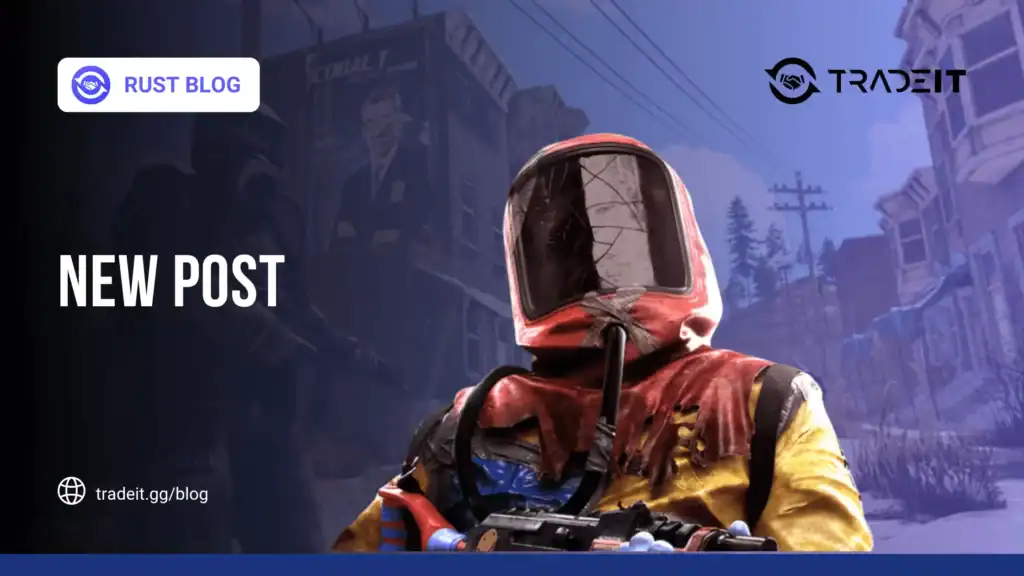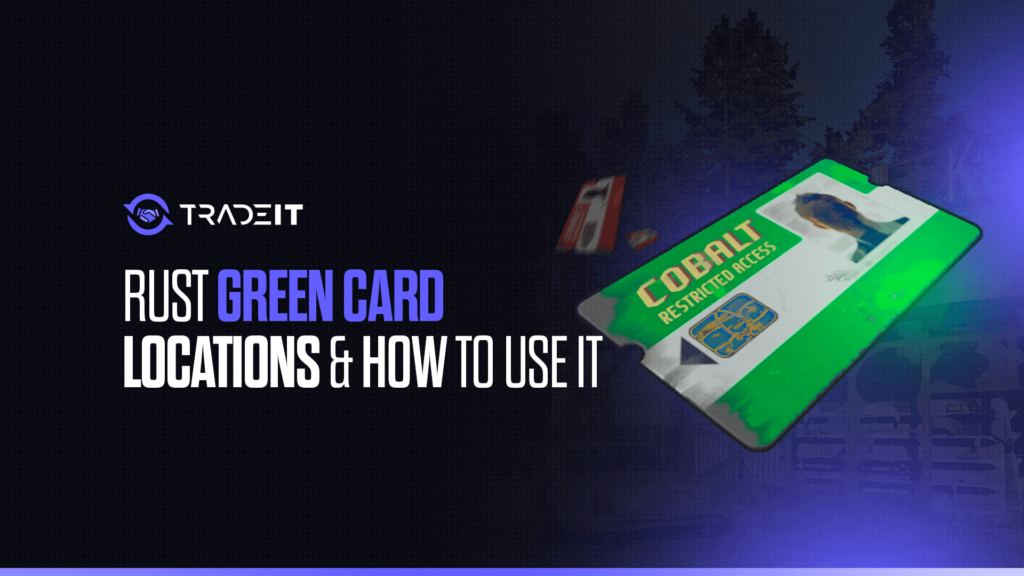Anyone who has played Rust, or perhaps some other game, like Heroes of Might and Magic 3, knows that the characteristics of the Rust map are of great importance. Since the gameplay revolves around gathering resources, how those resources are positioned on the map, and what quantities determine your optimal strategy.
You can’t expect to reach a high level of development in the first few hours of play on Rust Map, which doesn’t allow you to do that. Of course, there’s no way of knowing what you’ll find beforehand. Especially if you’re a new player. Rust map-related lessons come with experience.
However, knowing about the different map characteristics can help you spot patterns much faster.
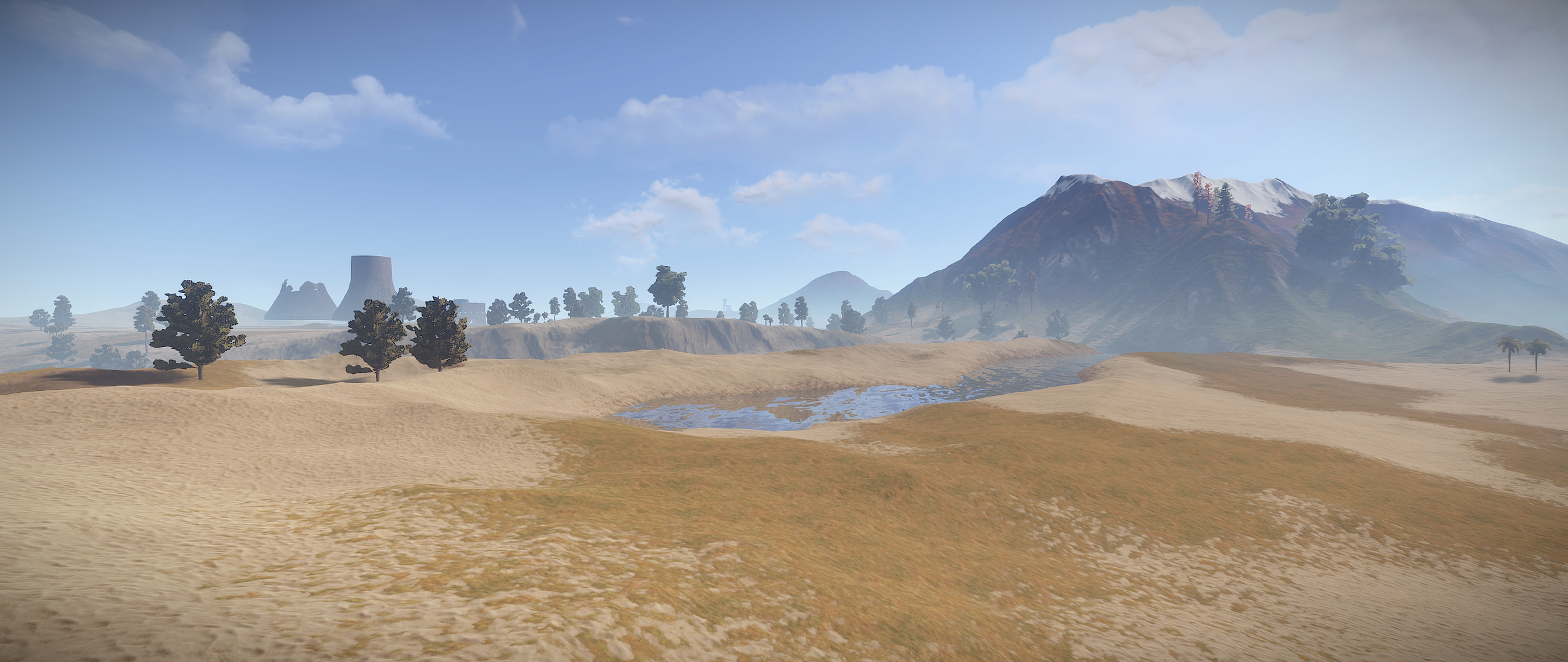
Characteristics of Rust Maps
A Rust map can be of different types. You can choose from procedural, custom, barren, and premade maps. Each of them has different characteristics. Some maps involve intense resource gathering, while other maps involve fierce fighting.
You must formulate a personalized strategy based on the map category and the Rust server you choose. Always ask yourself: what does this Rust map allow me to do? And what type of map is it? Is it a barren map, a custom map, or something else?
On an intense PVP map, you shouldn’t bother with highly sophisticated materials because you will be forced to fight for your life early on. Creating the necessary structures that will enhance your survival under those conditions. And you cannot think in idealistic terms: “Oh, I’ll just gather resources today.”
Rust’s Map Characteristics
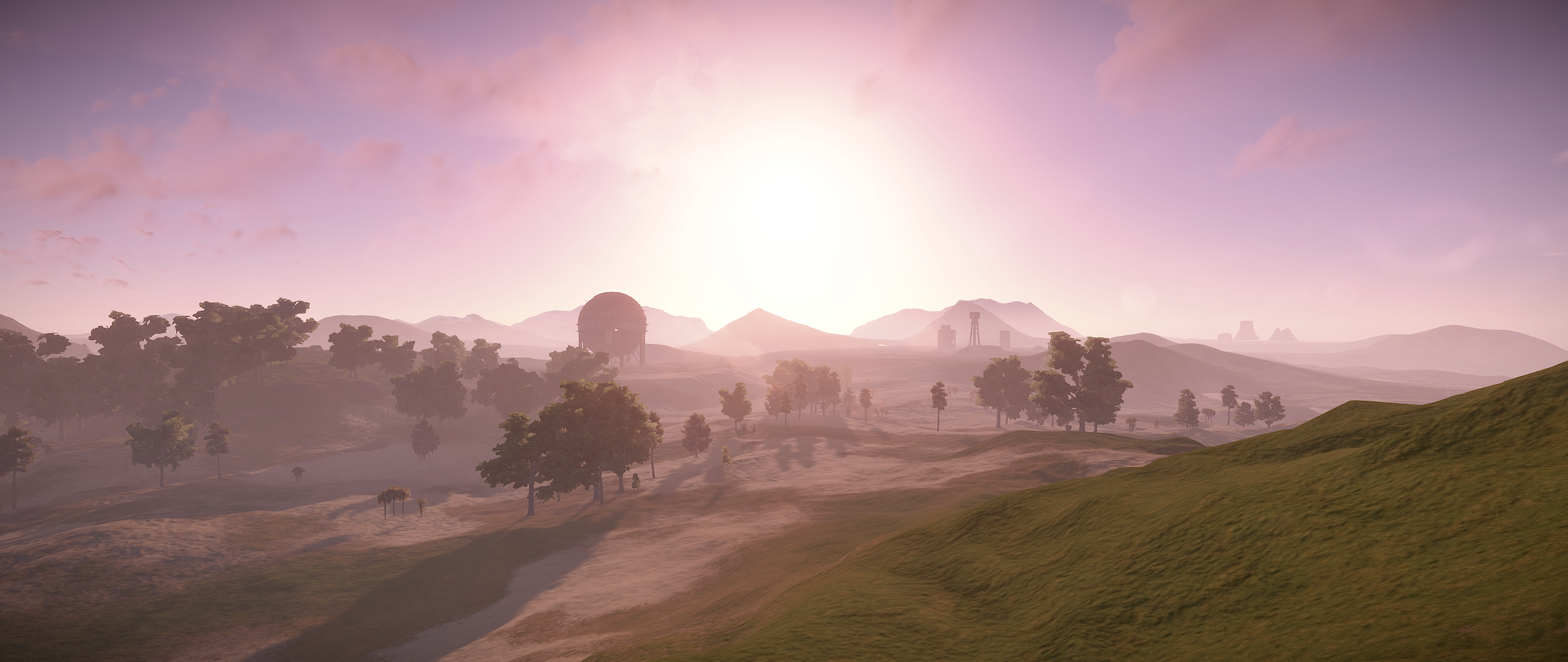
Here are the basic characteristics of the different types of Rust maps:
1. Procedural Maps
Many will agree that procedural Rust maps are the best because of the novelty element. You don’t know where to find everything in advance, so you get to explore your surroundings and enjoy higher protection from other players.
Procedural maps are utilized to generate resources, recipes, and loot boxes. All of these are placed at random locations.
2. Custom Maps
People create a custom map according to their preferences. It can be a big map, a massive volcano, a small island, and even other rust maps. They can be great if the map creator is highly skilled and knows how to place each ingredient excitingly.
Some map creators aim to generate as much chaos as possible, while others want to give players easy access to certain resources to guarantee their fast progression.
3. Barren Maps
Barren maps are called this way because they’re desert-like areas. They are entirely devoid of water and green land; they are good according to the gameplay purpose and the server.
Barren maps are perfect if you want a hardcore survival experience that forces you to manage your resources very carefully. The lack of food, metal, and even stone makes such maps a pure challenge, even for the Rust veterans.
4. Premade Maps
Rust offers 2 premade maps: Hapis Island and Savas Island. The layouts of these maps are fixed, which means that you’ll be playing Rust the same way you’re playing a game like CS2 or Valorant. The more experience you have on these maps, the more efficient you will be at every game aspect.
5. Rust Console Map
The new Rust Console, in a different server, accessible on the PlayStation and Xbox, enhances the core experience with some significant additions, including Tech Trees, other biomes, and larger areas that can reach three kilometers long. You should now have a little more room to yourself to relax.
A radial system will also be available for you to use when communicating with other players. The larger three-kilometer maps should make selecting a place to call home easier.
Frequently Asked Questions
Press and hold the G key. A grid overlay is available to help you pinpoint your location.
The size of the Rust map is procedurally generated, but it’s roughly the equivalent of a 4 kilometer (2.5 mile) square. This means it feels vast while exploring, but it’s not too large to navigate on foot.
Caves aren’t directly shown on the Rust map by default. Instead, look for:
Crescent-shaped dips: These indented curves with rough edges often indicate cave entrances.
Server map resources: Some community servers might have cave icons on their maps displayed through their websites or tools.
Creating a Custom Rust Map:
Rust maps are created with a dedicated editor called Rust Edit. Here’s a basic overview:
Download Rust Edit: Find it online (avoid providing links).
Choose map size: Select a desired playable area size.
Terrain sculpting: Use tools to shape mountains, valleys, and other features.
Add prefabs: Place pre-made structures like monuments and rocks.
Save and export: Save your creation and potentially export it for use on servers (check server admin requirements).
Note: This is a simplified explanation. Creating complex maps involves more advanced techniques
Unfortunately, there’s currently no way to directly open the map using the console commands in Rust on consoles (PlayStation or Xbox).
The in-game map is accessed by pressing and holding the designated button, typically Up on the D-pad


